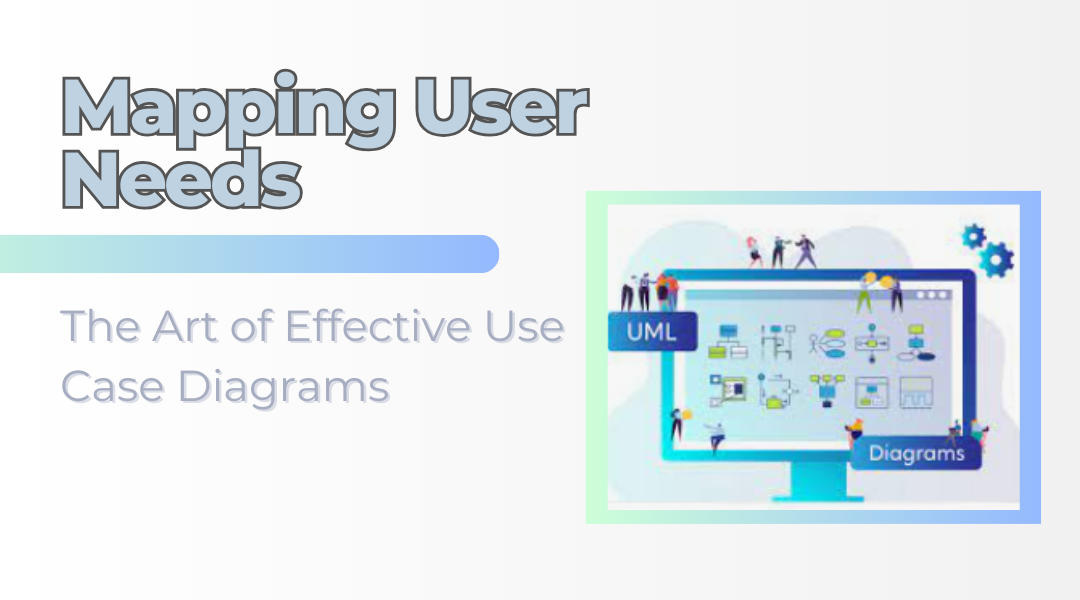Picture this: You’re designing a new smart home system. The marketing team keeps adding feature requests, engineers are debating technical constraints, and the client keeps changing their mind about priorities. How do you cut through the noise and clarify exactly what the system needs to do? Enter use case diagrams – your secret weapon for aligning everyone on system functionality.
Why Use Case Diagrams Matter More Than Ever
In today’s complex system development, use case diagrams serve as:
- A universal translator between business stakeholders and technical teams
- A reality check against scope creep
- A living artifact that evolves with the project
Real-World Value Beyond Theory
Consider these practical applications:
- Startup pitch decks that clearly show user interactions
- Regulatory documentation for medical devices
- Change order prevention in construction tech projects
The Core Elements, Reimagined
Actors: More Than Stick Figures
Modern systems demand we think beyond the basic user roles:
- Human Actors
- Primary users (homeowner adjusting thermostat)
- Secondary users (HVAC technician performing maintenance)
- System Actors
- External APIs (weather service integration)
- Legacy systems (existing building management)
- Environmental Actors
- Emergency conditions (power outage scenarios)
- Scheduled events (holiday mode activation)
Use Cases That Tell Stories
Transform generic functions into meaningful narratives:
- Instead of: “Adjust Temperature”
- Try: “Maintain Comfort While Optimizing Energy Use”
This shift:
- Reveals hidden requirements
- Exposes potential conflicts
- Encourages innovative solutions
Building an Impactful Diagram: Smart Home Example
Step 1: Identify Real Users, Not Just Roles
For our smart home system:
- Residents (varying tech-savviness)
- Guests (temporary access needs)
- Maintenance Providers (remote diagnostics)
- Utility Company (demand response events)
Step 2: Define Value-Driven Use Cases
Move beyond basic functions to value propositions:
- “Automate Routines Based on Occupancy”
- “Respond to Energy Pricing Signals”
- “Maintain Air Quality During Wildfire Events”
Step 3: Capture Exceptional Scenarios
Don’t just model the happy path:
- “Recover From Network Outage”
- “Handle Conflicting User Preferences”
- “Detect Sensor Tampering”
Advanced Techniques for Modern Systems
1. Layered Abstraction Approach
Create multiple diagram versions:
- Executive view (core value propositions)
- Technical view (detailed interactions)
- Integration view (external system touchpoints)
2. Dynamic Elements
Enhance static diagrams with:
- Color coding for priority levels
- Icons indicating implementation phase
- Annotations for regulatory requirements
3. Validation Framework
Ensure quality with these checks:
- Every actor has at least two use cases
- No use case stands alone without relationships
- All system boundaries align with project scope
Common Pitfalls and Professional Solutions
Problem: The “Everything Is Critical” Diagram
Solution: Implement MOSCOW prioritization:
- Must have (red)
- Should have (blue)
- Could have (green)
- Won’t have (grayed out)
Problem: Missing Touchpoints
Solution: Conduct “Day in the Life” mapping:
- Trace actual user journeys
- Identify hidden interactions
- Capture edge cases
Problem: Static Documentation
Solution: Make it living:
- Version control integration
- Change tracking annotations
- Regular stakeholder reviews
From Diagram to Development: Making It Actionable
Transform your diagram into:
- Test Cases (verify each interaction)
- API Contracts (define system boundaries)
- UI Flow (guide user experience design)
Pro Tip: The 5-Why Validation
For each use case, ask “why” five times to:
- Uncover root requirements
- Validate business value
- Identify potential simplifications
The Future of Use Case Modeling
Emerging trends to watch:
- AI-Assisted Scenario Generation
- Automatically suggest edge cases
- Predict missing interactions
- Dynamic Visualization
- Interactive diagram exploration
- Simulation capabilities
- Requirements Traceability
- Direct links to user stories
- Impact analysis for changes
Remember: The best use case diagrams don’t just document requirements—they spark better conversations about what really matters in system design. Keep them visual, keep them focused, and most importantly, keep them alive throughout your project lifecycle.
Final Thought: Treat your use case diagram like a city map—it should help newcomers navigate the system while giving seasoned team members insights into how everything connects. When done right, it becomes the foundational document that prevents missteps and miscommunications throughout development.
